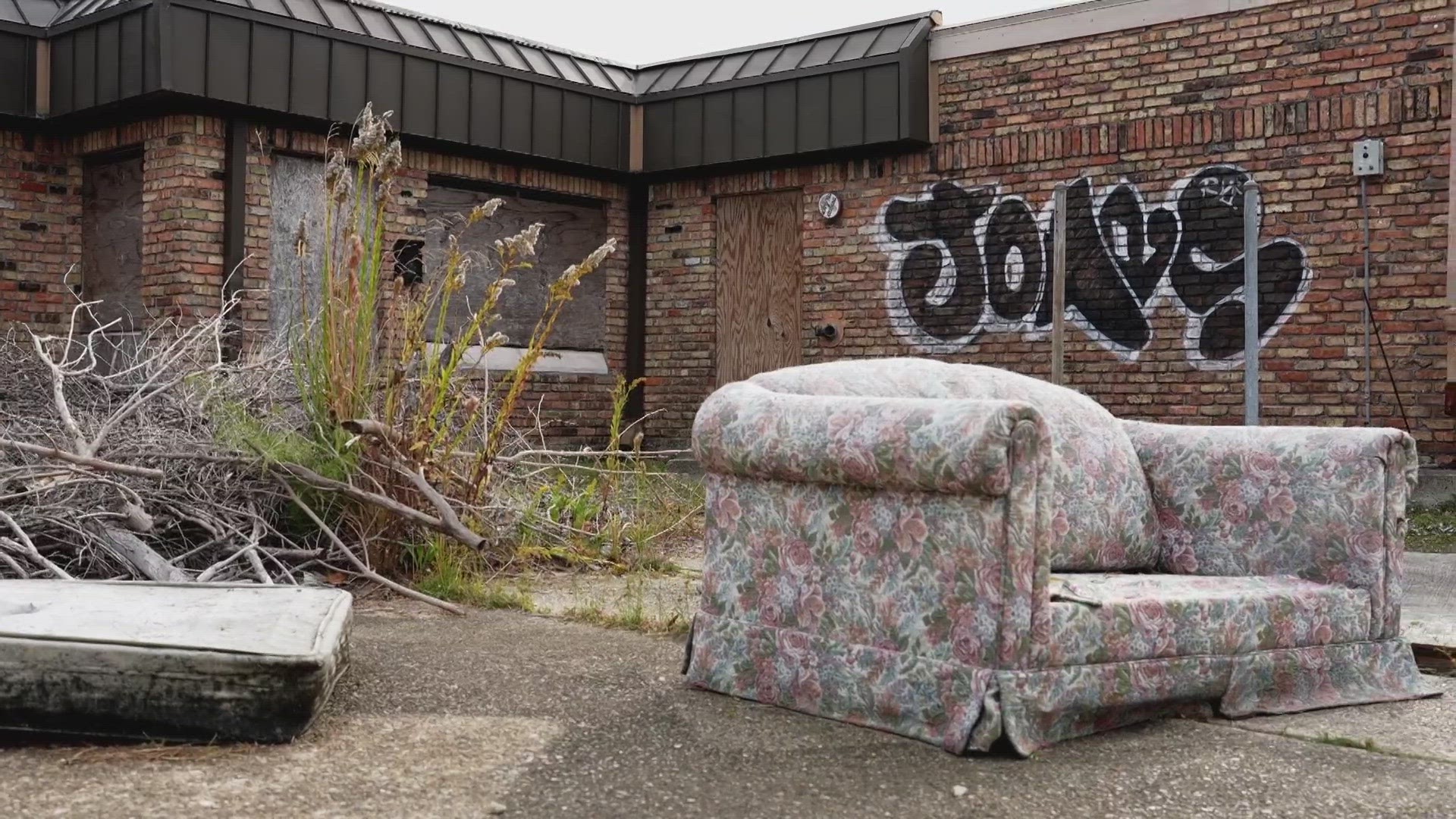NEW ORLEANS — The origin story of gentrification wasn’t an American one.
“The term itself is coined from a German British sociologist whose name is Ruth Glass,” says Kristyna Jones the CEO of K Jones Advisors. “In the 1960s, she really coined that phrase in London. The Gentry were the landowners and they collected rent from their tenants. She in turn coined the phrase Gentrification as she saw people moving from London to working class communities, especially as London's finance and government jobs grew.”
When the idea crossed the pond, it exploded in urban cores. Yet gentrification would translate to include an element of race thanks in large part to who lived in urban cores during that time.
“When folks are moving to Urban communities, Urban communities have been Black,” says Jones. “White flight in the 1960s and 70s meant that most white people move to the suburbs. Middle class Black people fell right behind them. So those who were left, largely in those communities are folks who chose to stay and are low income and couldn't necessarily move as the neighborhood was disinvested.”
RELATED: 'They became white neighborhoods almost overnight' - Katrina supercharged N.O. gentrification
Dr. Eric Johnson says there are levels to gentrification. He believes New Orleans is currently at level two.
“The second phase is what we call risk aware individuals, those people who will look and say, Wow, oh, my goodness. So those homes are now available. Even if there are African Americans there, I can buy it, because it's just simply renters. And I get that property. And we'll put a stake in the ground. Because I know what the future of this area is going to be,” says Johnson.
While the inner city saw an influx of investment, communities like New Orleans East are riddled with abandonment.
“What's interesting about New Orleans East, New Orleans had a brief period where residential segregation started to decline a little bit, and it was heavily based on New Orleans East emergence because both whites and blacks were living out here. And then, it shifted quickly,” says Dr. Johnson.
The East was a sprawling suburb of homeowners with different incomes, mostly middle class.
After Hurricane Katrina and the gentrification of communities within the inner city, many people found themselves pushed out in search of places to live where they could afford.
There was an influx of residents in the “East” who are at or near the poverty line and concentrated poverty can breed deadly results.
“This is called the "Ghettoization" of a community.” Says Dr. Johnson “That means you push all the lower income people out in this direction which from a spending pattern is counter to industry located in the community. You are not going to invest in an area when you see all of this.”
Dr. Johnson says unless the city comes up with a bonafide vision and strategy for New Orleans East, he doesn’t see it progressing.
“Singlehandedly looking at this, you know this stuff has gotten worse over the years,” says Dr. Johnson. “I know people are trying but I'm going to quote LL Cool J: "How you going to go against the army with a handgun."
That’s the big question, how do you fix what takes an army.
There are small units attempting to rectify the damage but is it enough?
That's the question the NOLA Data Center asked as the city went into its 300th year.
“If you wanted to look at the history of New Orleans over 300 years. You had 100 years of slavery. About 100 of Jim Crow. Then only 50 years of which black New Orleanians had the possibility of being included in our economic systems equitably,” says Alison Plyer. Sadly, when we looked at the data the results were very depressing, they were depressing to us and they were depressing to everyone who has virtually worked on advancing racial justice over the last 30, 40, 50 years.”
That data shows that while there have been steps towards progress, it will take an army to erase the lines that have disappeared from a map but are physically, economically and socially very present in our lives.
Follow the Line will continue to share reports throughout the year, you can watch our yearlong series on our WWL-TV Youtube pages.
► Get breaking news from your neighborhood delivered directly to you by downloading the new FREE WWL-TV News app now in the IOS App Store or Google Play.
RELATED: 'They became white neighborhoods almost overnight' - Katrina supercharged N.O. gentrification

